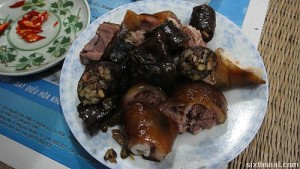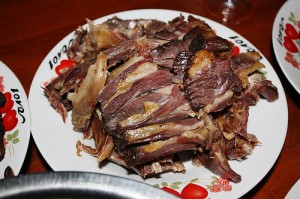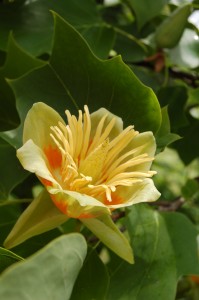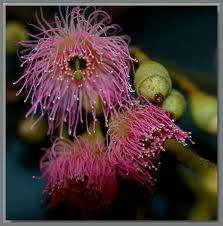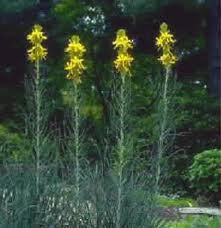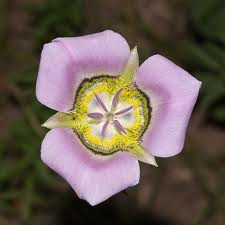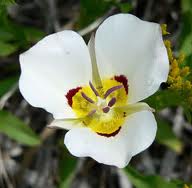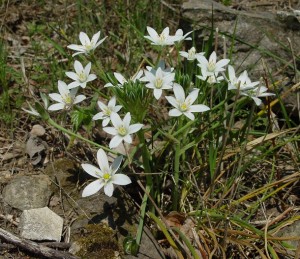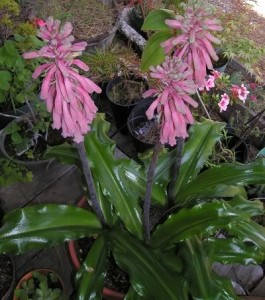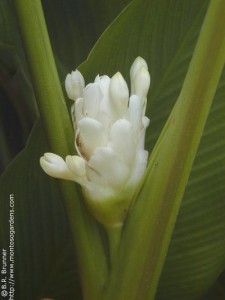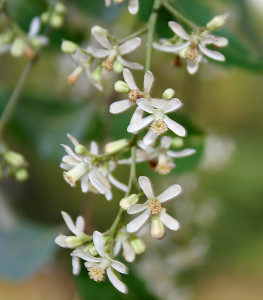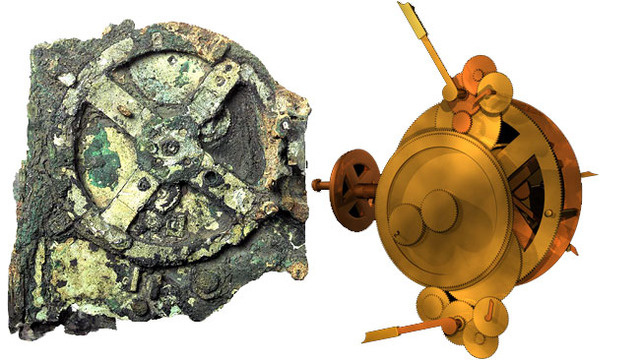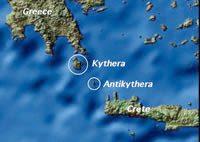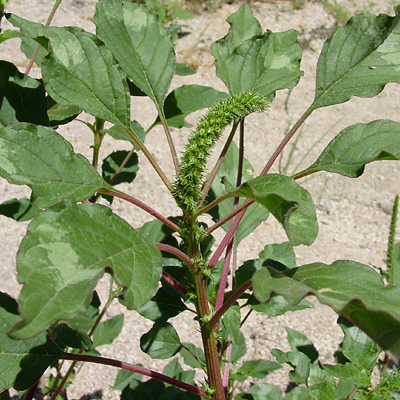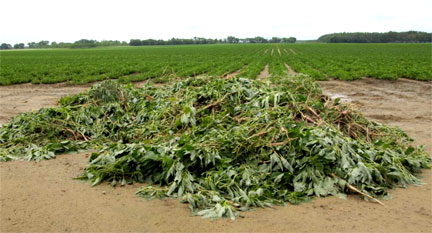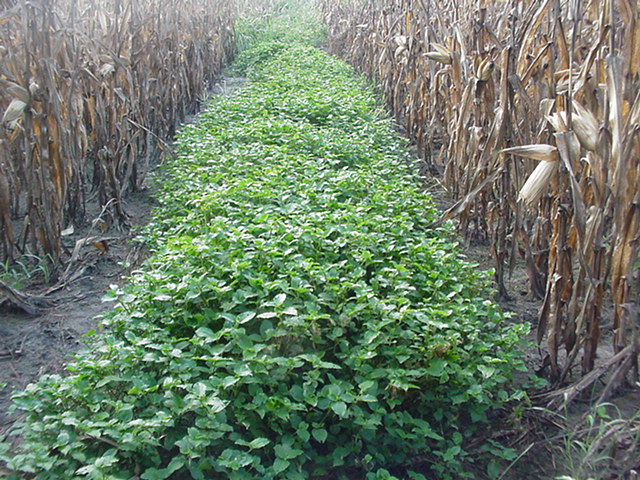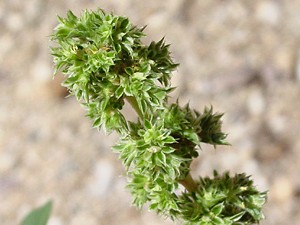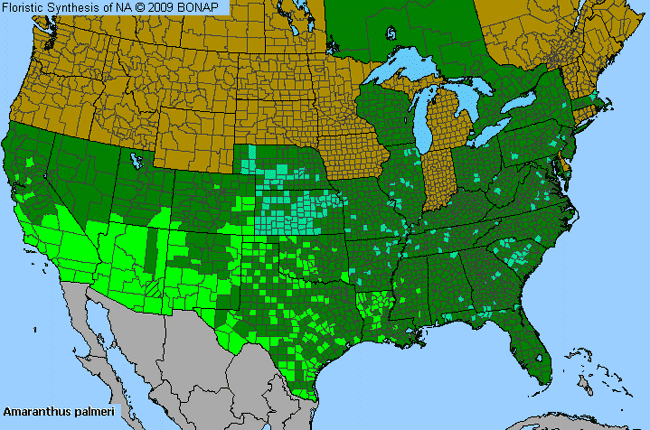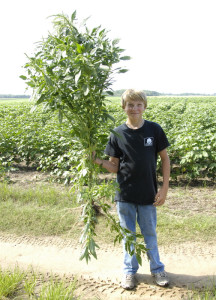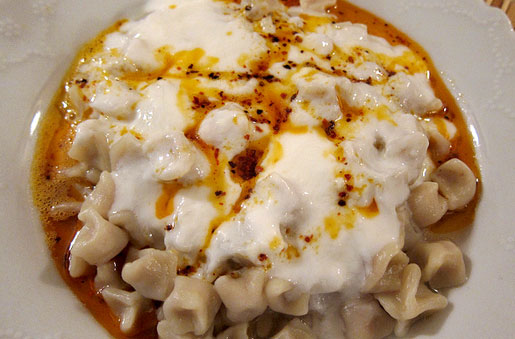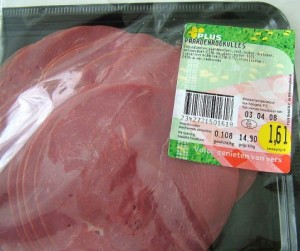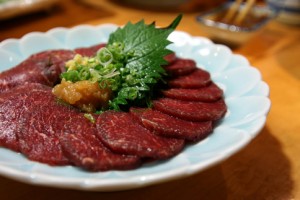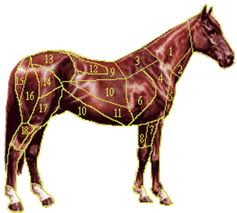Most Westerners would starve than eat their pet, and understandably so. There is a tacit agreement between pets and their owners. In exchange for putting down their natural defenses the animal accepts your promise not to harm or eat them. There is a function of trust operating. However, the neighbor’s dog who barks all night or cat that uses others’ lawns for a bathroom enjoys no such protection. To many Westerners pets are personal but non-personal pets are free game, so to speak.
Besides the pet issue there is another aspect to eating dogs and cats. Generally animals for consumption are plant eaters: Cattle, Fowl, Lambs, Pigs, Rabbits, various ground and swamp rodents, squirrel, deer even horse (which was on Harvard’s menu until the 80s.) .
Carnivores, meat eaters, usually are not on the menu. Humans tend to not eat other meat eaters. Humans tend to eat plant eaters. I don’t know why most humans don’t eat meat eaters. It might be an issue of taste or some distant respect to another carnivore. One common exception is humans eat fish, and most fish live off other fish. Despite that fish is not called meat by some. Many people in many cultures don’t eat certain animals for many reasons. In Colonial America lobster and crab were considered disgusting trash. When I was a kid, mussels were below contempt. Now they are in gourmet markets. Some suggest dogs and cats are one possible answer to world hunger. Others might argue cat should be available in health food stores. Cat meat is high in protein, low in calories with very little cholesterol and saturated fats. Perhaps it can get the American Heart Association’s stamp of approval.
My introduction to carnivore meat was bear sausage at a very fancy restaurant. Bears are wild and though a distant relative of the dog it fell into the wilderness food realm. It was spicy, substantial, and quite good.
One time the well-known forager Euell Gibbons and a friend were hunting in Canada. They were still empty-handed after a few days in the wilds and had planned on shooting what meat they would need. Eventually they managed to shoot a bobcat. That evening they roasted the bobcat over a fire, their first meat in several days. Gibbons said his friend said the “bob” part tasted good but the “cat” part didn’t. (Not all agree: Chinese billionaire Long Liyuan loved eating cat. In fact he was murdered on 23 December 2011 when one of his dinner companions poison his cat stew with Gelsemium elegans.) And had Gibbons and his hunting partner been in California they might have been arrested. Henry Arniba, a 38-year old man from Morgan Hill, California, who lived in a trailer with 40 roosters, was arrested on 8 Nov. 2011 when police investigating a report of illegal marijuana growing found the remains of a bobcat on the property. The man said he shot the bobcat because it attacked and ate a few of his roosters. Then he decided to eat the bobcat. It is illegal to kill bobcat in California without a license but not illegal to eat it. No marijuana was found but cockfighting implements were discovered and some methamphetamine. The case was not resolved as of June 2012.
Norwegian explorer Roald Amundsen who was first to the South Pole was known to have eaten sled dogs during his expedition. By eating some of the sled dogs, he was required to carry less human and dog food, lightening his load. He wrote:
“…there is the obvious advantage that dog can be fed on dog. One can reduce one’s pack little by little, slaughtering the feebler ones and feeding the chosen with them. In this way they get fresh meat. Our dogs lived on dog’s flesh and pemmican the whole way, and this enabled them to do splendid work. And if we ourselves wanted a piece of fresh meat we could cut off a delicate little fillet; it tasted to us as good as the best beef. The dogs do not object at all; as long as they get their share they do not mind what part of their comrade’s carcass it comes from. All that was left after one of these canine meals was the teeth of the victim – and if it had been a really hard day, these also disappeared.”
It is also something of an irony that Switzerland, which is well-known for not having a memorable cuisine, is Europe’s center of dog consumption. They eat cat as well, as do the Basque. Not only do the Swiss have many dog recipes but dog jerky and sausage are also esteemed. No word on dog and chocolate together. Dog meat is flavorful and tasty. If overfed, also fatty. Note: In New York and California eating of dog is illegal. On the other hand in some countries there are dogs specifically raised for food.
By the way, like bear liver dog liver is very toxic to humans, and the older the dog the more toxic. Seal and walrus liver is also toxic. What these animals have in common is a liver that stores high amounts of vitamin A. A diet that includes dog liver can be fatal to humans. Antarctic explore Xavier Mertz (c. 1883 – 8 January 1913) is believed to have died from it. As it is not likely to be detected some speculate it has been successfully used as a murder weapon: Death by dog liver.
When my cats misbehave I tell them that in a roasting pan there is little visual difference between a rabbit and a cat. While cat is on the menu in some South American countries — and the Australian Aboriginals eat them as well — the epicenter of cat cuisine of the world is Guangdong province in China. A media report in 2008 said 10,000 cats per day are eaten in the province which is some 3.65 million cats a year. This is quite different in California where it is illegal to consume them. You do see the difference don’t you? In California it is illegal to kill a wild bobcat but not illegal to eat it. In California it is illegal to eat a domestic cat but not illegal to kill it. One Jason Louis Wilmert, 36, found that out. He was arrested in February 2012 for preparing cats to eat or eating cats in his home. He plea bargained and got three years probation, community service, and ordered to seek mental health counseling.
In other states Wilmert’s actions would have been legal. Local law here requires the animal be killed humanely and not be worried…. read you can’t kill a cow with a pack of dogs. In my distant past I was a newspaper journalist for a while and one or two times a year someone would call in and say an ethnic family moved into the neighborhood and all the dogs and cats were being eaten. To which I always had the same reply: It’s not illegal and do you have the address? I’d like to give it a try. If you are so inclined:
Lemon Grass Dog
• 2 lb dog meat
• 4 three-foot stalks lemongrass
• 3 tbsp Vietnamese fish sauce (nuoc mam)
• 2 tsp lime juice
• 1/2 tsp lime zest
• Jasmine rice (if desired)
• Rice vermicelli (if desired)
• Baguette (if desired)
Try to ensure that it is from a medium-sized dog. The breed does not matter, unless you have certain preferences. Mince four 3-feet stalks of fresh lemongrass. (Alternatively, use an 8 oz. package of frozen minced lemongrass.) Mix the minced lemongrass with three tablespoons of Vietnamese fish sauce, two teaspoons of lime juice, and a half teaspoon of lime zest. A recommended brand is Three Crabs Brand, but all in all, fish sauce tends to taste the same. Chop the dog meat into 1-inch pieces. Add the lemongrass marinade and stir. Leave the mixture refrigerated overnight. Either sauté, steam, or grill the meat. A recommended way to cook this dish is to skewer the meat chunks and roast it in a rotisserie oven.
Cat Braisé
• 1 cat cut in serving-sized pieces dusted in flour with salt and pepper
• 1/4 c. extra virgin olive oil
• 6 artichokes
• 2 1/4″ thick slices of slab bacon, diced
• 1 small sweet onion, diced
• 4 cloves garlic, minced
• 1 carrot, diced
• 1 lemon
• 3 small tomatoes, peeled, seeded, and diced
• 1/2 c. dry white wine
• 2-4 c. homemade chicken broth
• garni of 4 flat parsley stems, 6 leafy thyme branches, 1 bay leaf tied up with kitchen twine Salt and pepper
• 1/4 c chopped flat-leaf parsley (optional)
Snap the leaves off the artichokes until only the tender inner leaves remain. Snap off the stem. Trim the remaining green bits from the bottom of the artichoke, and cut off the inner leaves in a bunch at the point where they are very tender. Pare the tough green outer layer off the remaining stem, pairing the stem into a point. Now cut the artichoke bottom into quarters and remove the choke with a sharp knife from each quarter. Rinse to remove any traces of foin (“hay”) and drop them into a bowl of water acidulated with the juice of half a lemon.
Heat two tablespoons olive oil in a large heavy casserole or Dutch oven. Dredge the cat pieces in seasoned flour, shaking off excess. Brown over medium heat, turning regularly, until golden on all sides. Remove cat pieces to a plate and dump any oil remaining in the pan. Add one tablespoon of the remaining oil and the bacon dice. Sauté until cooked but not “crisp”. Add the remaining tablespoon of oil and the onion and carrot. Saute for five minutes, then add the artichoke quarters and the garlic, stir one minute, and add the tomatoes and the white wine. Turn up the heat and reduce until syrupy, stirring constantly, for about five minutes. Lay the bouquet garni on top of the vegetables. Arrange the cat pieces on top, together with any juice accumulated in the plate.
Pour in enough broth to come halfway up the sides of the cat pieces. Cover and bring to a simmer. Continue to simmer over very low heat about one hour or cook in the oven at 350Fº for the same amount of time. The cat should be just tender and part readily from the bone. Don’t overcook or it will become dry. Check the liquid level frequently and add more broth if necessary. Turn the cat pieces once.
When done, remove the cat pieces to a warm platter and arrange the vegetables, removed with a slotted spoon, around them. Cover and keep warm. Strain the remaining pan juices into a smaller saucepan and reduce over high heat, skimming frequently, until reduced by one third. Pour over the platter and serve immediately. Sprinkle with finely chopped flat-leaf parsley if you like.




